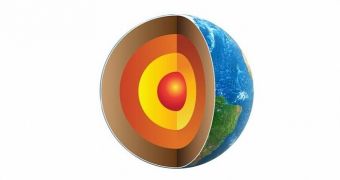The AMD Mantle Application Programming Interface had a good start late last year (2013), but it can't afford to dawdle, which means it's fortuitous that the Sunnyvale, California-based company is ready to kick things into high gear.
Advanced Micro Devices has formally announced that the Mantle API is entering the second phase of its development life cycle.
Mostly, this phase consists of the introduction and promotion of the Mantle Software Developer Kit, or Mantle SDK for short.
You see, Mantle may promise a performance boost over DirectX when used in systems based on AMD Graphics Core Next (GCN) GPUs, but it's not that big a help when games don't support it.
At present, the Mantle API is supported by Battlefield 4 and Star Swarm, though Crytek has announced that their engine will soon integrate it as well. Oxide Game's Nitrous is another example.
Also, Star Citizen and Thief should make use of it, as will Plants vs. Zombies: Garden Warfare of all titles.
Those only happened (or will happen) because AMD got directly involved in their development though. And that's not exactly a viable tactic moving forward, from a marketing standpoint.
Software programmers, graphics designers and everyone else involved in game development need a set of tools that will let them code games in Mantle as easily as under DirectX.
Especially now that NVIDIA has drivers good enough to mostly eliminate the performance gap between the Mantle and DirectX 11.
That's where the Mantle SDK comes in. AMD claims that 40 unique development studios have pre-registered for the private beta.
And that's pretty much all we know. Well, that and the fact that AMD has launched a portal through which you can access the resources. If you haven't signed up for the beta program, though, you won't be able to get in if you visit the portal, since it's password-protected.
Advanced Micro Devices has named its API after the mantle of the Earth, that layer of fluid, superheated magma on which the surface of the planet basically floats. It's where most volcanoes get their lava from, and it's why the tectonic plates constantly move (even if just by a few mm/cm a year).
The idea is that the API optimizes CPU and GPU computing actions at a very deep hardware level, enabling much better visuals and frame rates in games. Mostly, Mantle allows the parallel processing abilities of the GPU to be used fully by a game.

 14 DAY TRIAL //
14 DAY TRIAL //